Do you work from home, or do you need a space to relax apart from your living area? Have you ever considered turning a shed into the perfect workspace or cozy escape? Many of us have seen sheds used as tool storage units out in the garden – and while they can certainly serve that purpose, there are certain steps needed to heat them up like any other room – making it more welcoming (and productive) all year round. In this blog post, we’ll unpack everything you need to know about heating a shed safely and efficiently – so come join us on our journey!
How to Heat a Shed Without Electricity?
1. Make Sure It’s Well Insulated
Make sure that your shed is properly insulated before trying to heat it. Adding insulation to the walls and roof will help retain heat. If you want to improve insulation in your shed, you could use materials like foam board or reflective foil-backed bubble wrap.
2. Let Some Sunlight In
Sometimes, the best and cheapest way to heat a shed is to let the sun’s rays do most of the work. To make sure that your shed gets plenty of sunlight, consider installing windows or skylights. This will also help with ventilation, as well as allowing some natural light into the space. [1]
3. Build A Solar Window Heater
With some scrap wood, a few tools, and some inexpensive materials such as plastic sheeting, you can build a simple solar window heater. The basic principle is to use the sun’s rays to heat up an area near the window. This heated air can then be circulated around your shed with fans or through natural convection currents.
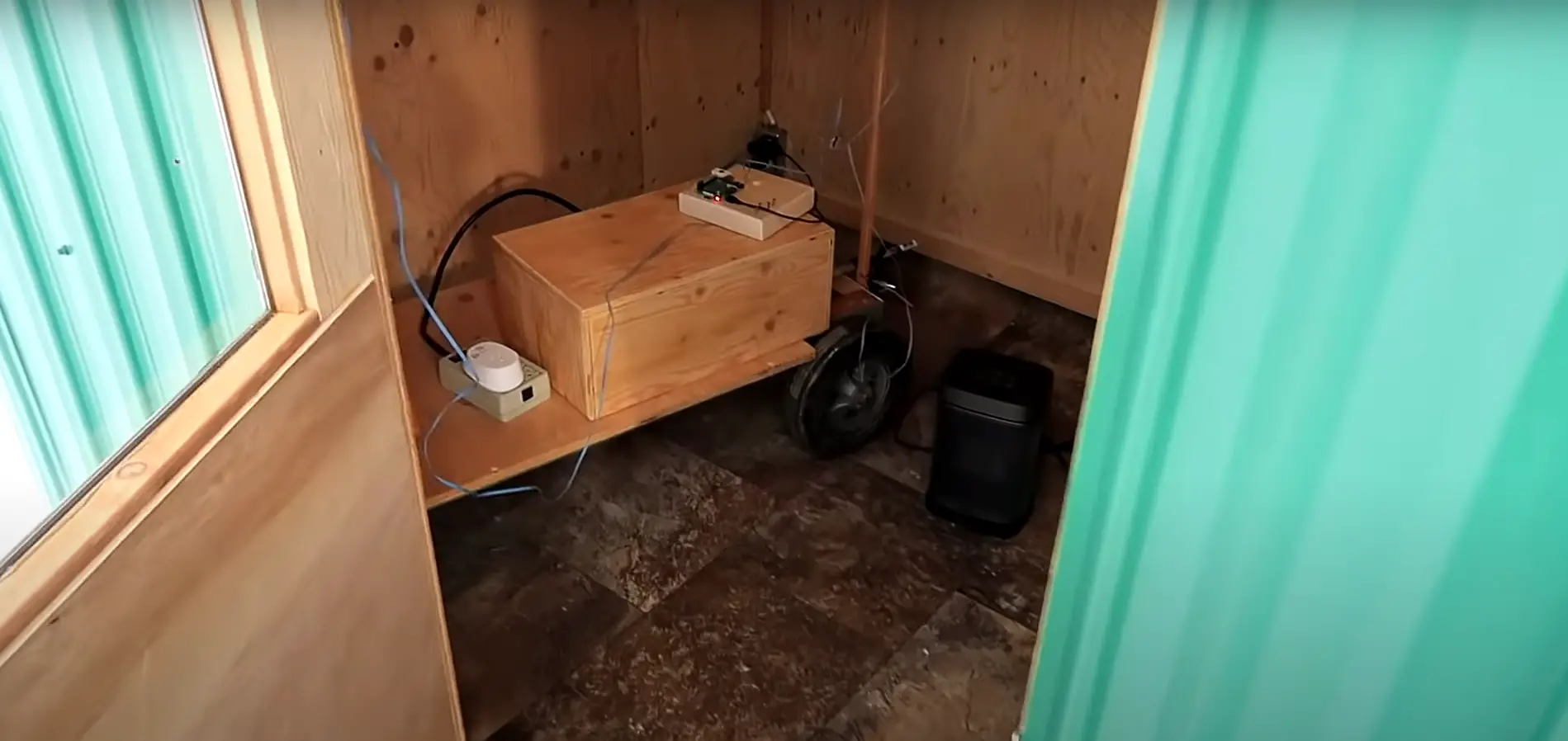
4. Portable Propane Heater
If you’d like to invest in a more permanent heating solution, a portable propane heater may be a good option. Propane is an inexpensive and efficient fuel source that can heat up your shed quickly. Ensure that there is proper ventilation while using these heaters, as they produce carbon monoxide during combustion.
5. Install A Wood Stove
Wood stoves are an effective heating solution for sheds because they can generate enough heat to keep the entire area warm. Make sure that you install proper ventilation with a chimney or stovepipe when installing a wood-burning stove. You’ll also need to keep it supplied with fuel throughout the winter months.
6. Build A Rocket Stove
You can use a rocket stove to heat your shed even when there is no electricity available. These items are easy to construct and affordable, and require minimal fuel for heating purposes. Rocket stoves operate by combusting small pieces of wood or biomass inside a combustion chamber. The hot air created by the fire gets circulated through ducts or pipes into the shed for providing heat. [2]
7. Hot Water Pipes
Using hot water pipes to heat your shed is a great way to keep the space warm. You can use an existing water heater or boiler, or you could install a specialized “hot water pipe” system in the shed. These systems are inexpensive and efficient, and will help keep the shed warm for hours on end.
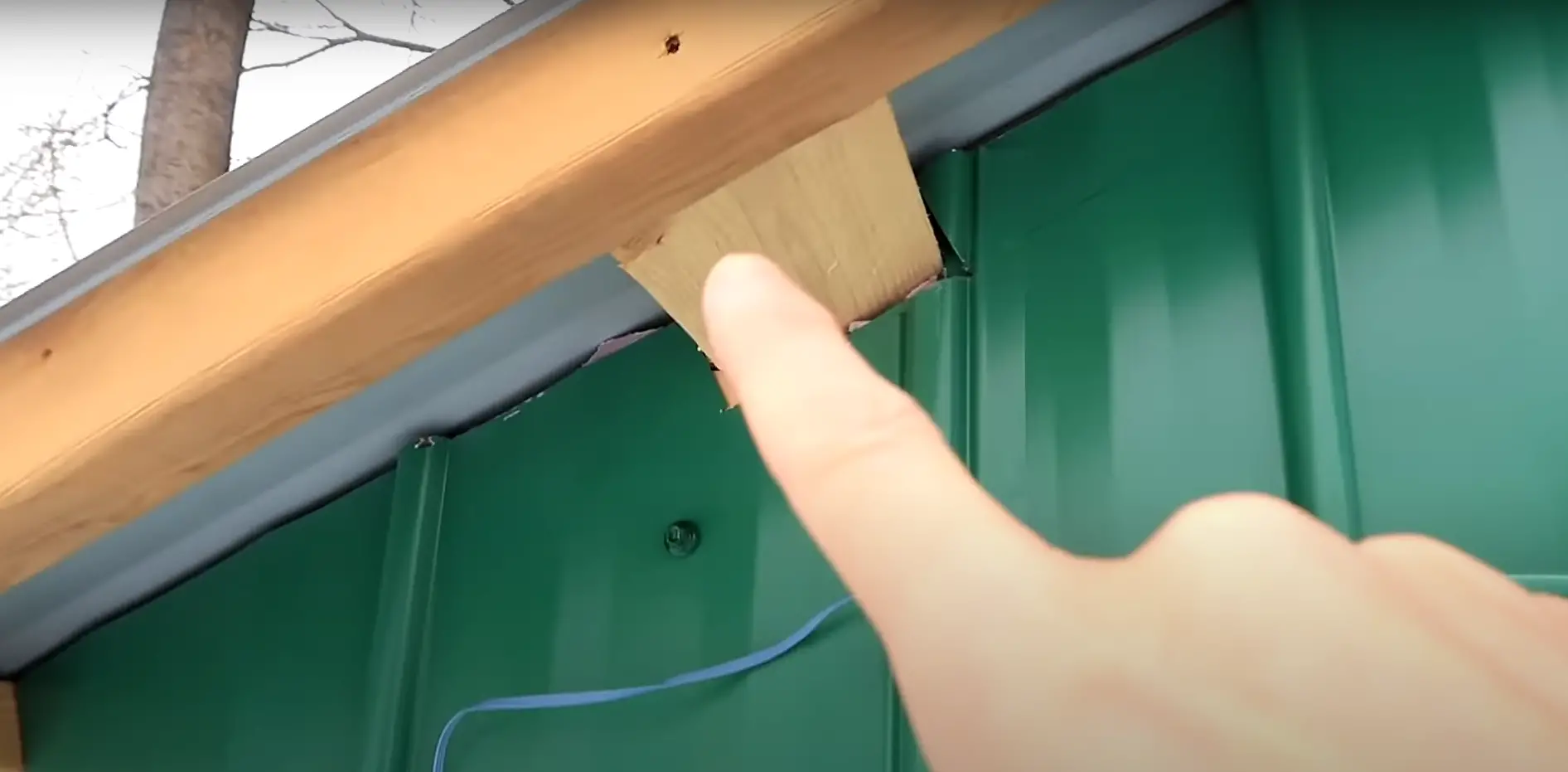
8. Use A Kerosene Heater
Kerosene heaters are a great way to quickly heat up your shed. They are relatively inexpensive and can be used to quickly warm up the space. Just make sure that you have adequate ventilation when using these types of heaters, as they produce carbon monoxide while burning.
9. Build A Barrel Stove
If you don’t have access to electricity, barrel stoves can be an effective way to heat your shed. Building them is relatively easy and cheap, and they consume minimal fuel to produce heat. Barrel stoves operate by combusting small wood or biomass pieces inside a confined chamber. The hot air generated by the fire is circulated through ducts or pipes to provide heat to the shed.
10. Build a Pot-Belly Stove
Without the need for electricity, a pot-belly stove is an effective option for heating a shed. Building them is easy and cheap, plus they require minimal fuel to produce heat. Pot-belly stoves work by burning small pieces of wood or biomass in an enclosed combustion chamber. The hot air produced by the fire is then circulated through ducts or pipes into the shed for heating. These are just some of the ways that you can keep your shed warm without using electricity.
By taking advantage of natural light and heat sources such as solar energy, you can keep your shed warm without having to rely on expensive electricity bills. So why not give one of these methods a try? Your wallet will thank you in the long run! [3]
Safety – Carbon Monoxide
It is crucial to keep in mind the hazards of carbon monoxide (CO) poisoning when heating a shed. Carbon Monoxide is an odorless and colorless gas that can be lethal if inhaled in high concentrations. It is produced when any fuel burning appliance isn’t vented properly or runs with incomplete combustion. Improperly installed wood stoves, portable heaters, kerosene or propane-fueled space heaters, and gasoline or diesel powered generators are all potential sources of carbon monoxide production. To prevent CO buildup in your shed:
- Always ensure proper ventilation so that air can enter the shed and exhaust gasses can escape;
- Use only approved heating appliances;
- Install and use the appliances according to manufacturer’s instructions;
- Check the exhaust vents periodically for blockages;
- Have your heating system serviced and inspected regularly by a qualified technician;
- Use CO detectors in your shed as an added safety measure.
These simple steps can help ensure that you heat your shed safely and avoid the potential danger of carbon monoxide poisoning.
Do You Really Need To Insulate?
Before installing a heating system in your shed, it’s important to consider whether you really need to insulate it. If the building is well-built and adequately sealed, insulation may not be necessary. That said, if the shed isn’t sealed properly or the temperature inside can drop significantly lower than outside during cold months, insulation should be factored into your plans. Insulation will help keep temperatures more consistent by keeping warm air inside while blocking out colder air from outside. It also helps protect against moisture damage and mildew build up over time.
It’s also important to consider other aspects such as ventilation when heating a shed. Ensure that air is able to flow freely through windows and vents so warm air can circulate throughout the building for even temperatures. Finally, don’t forget about fire safety: make sure there are no flammable materials near the heater or any electrical wiring for optimal safety.

With proper insulation and ventilation in place, you’ll be ready to heat your shed effectively this winter season. Whether you opt for an electric heater or wood stove, you can rest assured that your shed will remain warm and cozy through the cold months. [4]
Does Size Matter?
Different sheds will require different methods and amounts of heating. The size of your shed is an important factor to consider when deciding on the best method for heating it. Smaller sheds may be able to get away with simpler options such as space heaters, while larger sheds may need more powerful systems that can effectively disperse warmth throughout the entire area.
Consider the size of your shed before making any decisions about how to heat it.
It’s also a good idea to think about insulation when it comes to sizing. If you have an uninsulated or poorly insulated shed, then even smaller sized heaters can struggle to keep up with demand in winter months and your monthly energy bills could skyrocket if they’re not properly managed. Investing in good insulation can make all the difference when it comes to keeping a shed warm and comfortable.
When it comes to heating a shed, size really does matter – especially in terms of insulation. Make sure you’re taking your shed’s size into account before investing in or setting up any kind of heater. It could save you money and effort down the line!
Climate
Climate conditions are a major factor when it comes to keeping your shed warm. In colder climates, you should consider insulation and some form of heating. If you want to heat a shed, there are several options available. Depending on the size of the shed and how many people will be using it, different methods may work better than others. [5]
Non – Electric Heaters
Indoor Portable Propane Heaters
They are a great way to heat your shed without relying on electricity. These types of heaters are often inexpensive and can provide adequate warmth in most rooms. If you plan on using one of these portable propane heaters, make sure it is approved for indoor use and that the room is adequately ventilated. In addition, you should always keep an eye on the device to ensure it is not becoming too hot or producing any smoke.
Gas Wall Heaters
These types of heaters are typically larger and more powerful than portable propane heaters. They are usually installed into a hole in the wall so they can draw air from outside while expelling warm air indoors. Gas wall heaters generally require professional installation, but they often provide excellent heating capabilities with minimal energy use. To ensure safety, you should have your gas heater inspected regularly by a qualified technician.
Portable Kerosene Heaters
Kerosene heaters can be used to efficiently heat a shed in the absence of insulation or electricity. They are easy to use and require very little maintenance. When using kerosene heaters, keep in mind that they must be vented with an appropriate ventilation system for safety reasons. It is important to check local regulations concerning kerosene heating before installing any heater in your shed. These types of heaters usually come with electronic ignition systems and adjustable thermostats, allowing you to easily control the temperature within your shed. Kerosene heaters can also provide an economic source of warmth – it typically costs less than a dollar per hour when used correctly according to manufacturer instructions.
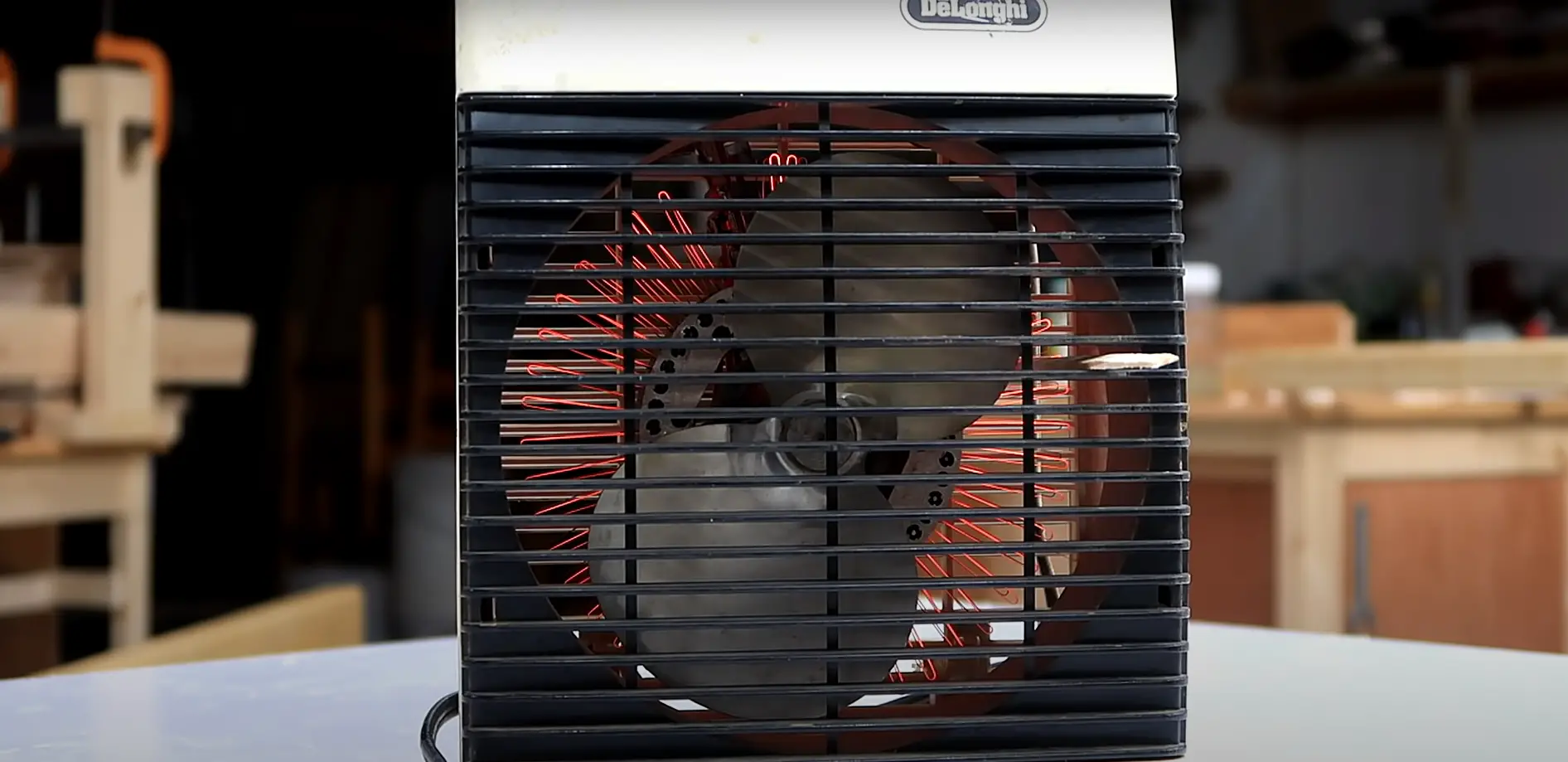
Wood Burning Stoves
If you want to heat your shed without electricity, installing a wood burning stove is an excellent option. Wood burning stoves provide a steady source of warmth and are typically quite efficient when it comes to fuel consumption. However, they require more maintenance than other types of heating systems, such as kerosene heaters. It is important to keep the fireplace area clean and regularly check that all components are in good working condition in order to ensure safety and efficiency of the system. Additionally, wood burning stoves can also be used for cooking, extending their usefulness even further. [6]
Propane Wall Heaters
Propane wall heaters are the most efficient way to heat a shed without electricity. They work by drawing in air from outside, heating it up with a flame, and then blowing it out into the room. Like kerosene heaters, they come with adjustable thermostats and electronic ignition systems for easy temperature control. Propane wall heaters can be quite pricey initially but offer great value in the long run as they require very little maintenance and use less fuel than other types of heating systems. Before installing one in your shed, make sure you check local regulations concerning propane usage in order to stay compliant with safety guidelines.
Solar Powered Heaters
Solar powered heaters are an eco-friendly and cost efficient way to provide warmth in your shed. Unlike other types of heating systems, solar powered heaters require no additional fuel or electricity to operate. They use the energy from the sun to warm up air which is then blown into the room. Solar powered heaters are typically very easy to install and maintain and offer great value in terms of energy saving as they can provide free warmth for many years with proper upkeep.
Electric Portable Heaters
Shop Heaters
Electric portable heaters come in a variety of sizes and are a great option for heating up small areas such as sheds. Shop heaters can be placed directly on the floor, and they’re usually powered by electricity. These types of heaters generally provide steady temperature control and require little maintenance. They will help to keep your shed warm, but it is important to consider the wattage that these particular models can handle in order to determine how much space they will be able to effectively heat. Additionally, you should always make sure that any electric heater you purchase has an overheat protection feature so as not to risk starting a fire.
Ceramic Space Heaters
Ceramic space heaters are another popular form of electric heater, and they often boast higher wattages than other types of heaters. This makes them great for heating up even large sheds quickly, but you should still be sure to purchase one with an overheat protection feature as well as a thermostat control so that it can easily be adjusted and monitored. Ceramic space heaters come in a variety of sizes; so if your shed is on the larger side, you’ll likely want to invest in a larger model. In addition, many ceramic space heaters feature efficient cooling fans which help reduce the risk of overheating and improve air circulation throughout the shed. [7]
Portable Electric Fireplaces
A portable electric fireplace is a great way to heat up your shed without the hassle of dealing with an open flame or an exhaust system. These types of fireplaces are often powered by electricity and can be easily moved from room to room, making them ideal for sheds that may not have access to other forms of heating. Portable electric fireplaces come in many different sizes and styles, and some even feature remote controls for easy temperature adjustments. Additionally, since they don’t require a chimney, they are extremely energy efficient. It is important to remember that when selecting an electric heater for your shed, safety should always be at the forefront of your mind.
Micathermic Heaters
Micathermic heaters are an energy-efficient form of electric heating that utilizes both convection and radiation to quickly warm up a space. These types of heaters are relatively compact, making them perfect for sheds, but they offer great coverage due to their flat panel design. Additionally, micathermic heaters often come with built-in safety features such as overheat protection, adjustable thermostats, and oscillating fans which help improve air circulation. They can be easily mounted on walls or placed on the floor depending on your needs.
Fan Heaters
Fan heaters are a great way to quickly and efficiently warm up a small shed. These types of heaters work by pushing out hot air which circulates around the room, helping to evenly distribute the heat throughout the space. Fan heaters are generally powered by electricity, but they can also be fueled by propane or kerosene depending on your needs. They’re often relatively inexpensive and easy to install, making them an ideal option for sheds that may not have access to other forms of heating.
Milkhouse Heaters
Milkhouse heaters are a great choice for sheds that may not have access to other forms of heating. These types of heaters are powered by electricity, and they’re generally small in size which makes them perfect for sheds that don’t have much space. Milkhouse heaters come in many different styles and wattages, so you can find one that is suitable for your needs. Additionally, these types of heaters often feature safety features such as automatic shutoff and overheat protection, making them ideal for those who want to keep their shed safe while still staying warm. [8]
Infrared Quartz Heaters
Infrared quartz heaters are a great choice for heating a shed. They produce heat using infrared rays, which transfer more of the energy generated directly to the objects in the room rather than warming up the air. This makes them particularly efficient and cost-effective when it comes to heating a small space such as a shed, because they provide maximum comfort without consuming too much power. In addition, these devices don’t take up too much space, so you can fit them easily inside your shed. Finally, they’re relatively easy to install and maintain, making them ideal for DIY projects in sheds!
Oil Filled Radiators
Oil filled radiators are another great option for heating a shed. These are more energy efficient compared to traditional electric heaters because they use oil to store and increase the efficiency of the generated heat. They also provide steady, consistent warmth in your shed without consuming too much power. Oil filled radiators come in a variety of shapes and sizes, so you should be able to find one that fits easily into your shed space. However, these devices take up some floor space and require periodic refills of oil, which can be somewhat cumbersome if done frequently.
Fake Fireplace Heaters
Fake fireplace heaters are a unique option for heating up your shed without actually having to install a fireplace. These devices make use of electric coils and fans to generate heat, but have the added benefit of providing a calming visual experience with their fake flames, which can be quite soothing in a small space like a shed. They don’t take up too much space either, making them ideal for sheds that have limited floor area. However, they tend to be more expensive compared to other types of heaters and also require more power to operate.
Common Shed Heating Challenges
When considering how to heat a shed, it can present some common challenges. Firstly, there is often limited space and ventilation in sheds which can limit the type of heating system that can be used. Secondly, since many sheds are not connected to a main power source, electric heating systems may not be an option.
Another potential solution is to use a wood-burning stove or fireplace. These units can provide a great source of supplemental heat but may require additional venting and are not recommended for small sheds. A gas-powered heater is another option, however, the unit must be connected to an existing gas line or built from scratch for outdoor use.
No matter which heating solution you choose, it is important to take into account safety considerations such as ensuring proper ventilation and following all manufacturer instructions when installing any type of heating system in your shed. By taking the time to research the various options available, you can ensure that your shed remains comfortable and safe all year round. [9]
FAQ
What is the best way to heat up a shed?
The best way to heat up a shed is to use an electric heater or space heater. The most important factor when heating a shed is insulation, as it prevents the heat from escaping the building. Make sure your shed is properly insulated and sealed before attempting to heat it. Additionally, installing windows or vents can help improve air circulation in the shed and make it easier to maintain comfortable temperatures inside. For larger spaces, consider investing in a wood-burning stove or furnace as they will provide more efficient and consistent heating over time.
How much does it cost to heat a shed?
The cost of heating a shed depends on several factors, including the size of the shed, type of heater used, insulation quality and efficiency rating of the appliance. Generally, an electric heater or space heater will cost anywhere from $30 to $200 per unit, while larger furnaces can range in price up to several thousand dollars. Additionally, ongoing electricity costs should be taken into consideration when budgeting for shed heating expenses.
Are there any safety considerations when heating a shed?
Yes. Improperly installed and maintained heaters can lead to dangerous situations such as fire or carbon monoxide poisoning. It is important to read the manual thoroughly before installing a heating appliance and follow all usage instructions closely. Additionally, keep combustible materials such as furniture, clothing and stored items away from heat sources at all times to prevent potential fire hazards. If possible, install smoke detectors and carbon monoxide detectors near the heater to provide an extra layer of safety.
Are there any alternatives to heating a shed?
Yes. One alternative is to use passive solar energy, which involves letting natural light and heat from the sun enter through windows or other sources. This can help warm up a space without the need for additional appliances. Additionally, using rugs or mats on the floor can help trap warmth and maintain comfortable temperatures in a shed. Finally, it is also possible to use portable propane heaters as another option for providing additional warmth in colder months. Make sure you follow all manufacturer instructions when using these types of heaters.
Useful Video: How warm can I get my shed with a space heater
Conclusion
Keeping your shed warm is a relatively simple job that can be done in a few steps. The key is to ensure you use the right materials, and that you follow the instructions for installation carefully. Use insulation to keep the heat trapped in your shed, and install a heating system such as an electric heater or wood-burner if possible. Consider using vents or fans to improve air circulation within your shed too. By following these steps, you’ll be able to enjoy a warm and comfortable place to work on projects or simply relax all year round!
References:
- https://backyardscape.com/what-is-the-best-way-to-heat-a-shed/
- https://www.warmup.com/blog/how-to-heat-a-shed
- https://www.underfloorheatingtradesupplies.co.uk/blog/heat-shed-in-winter/
- https://www.waltons.co.uk/blogs/blog/how-to-heat-a-garden-building-in-the-winter
- https://diyshedsandplans.com/heating-a-shed/
- https://www.timberworld.co.uk/blog/post/heating-a-shed-in-winter-tips-and-solutions.html
- https://www.tigersheds.com/blog/how-to-heat-your-shed-log-cabin-or-summerhouse/
- https://homeguides.sfgate.com/heating-uninsulated-shed-38050.html
- https://mybackyardlife.com/heating-a-shed-without-electricity/





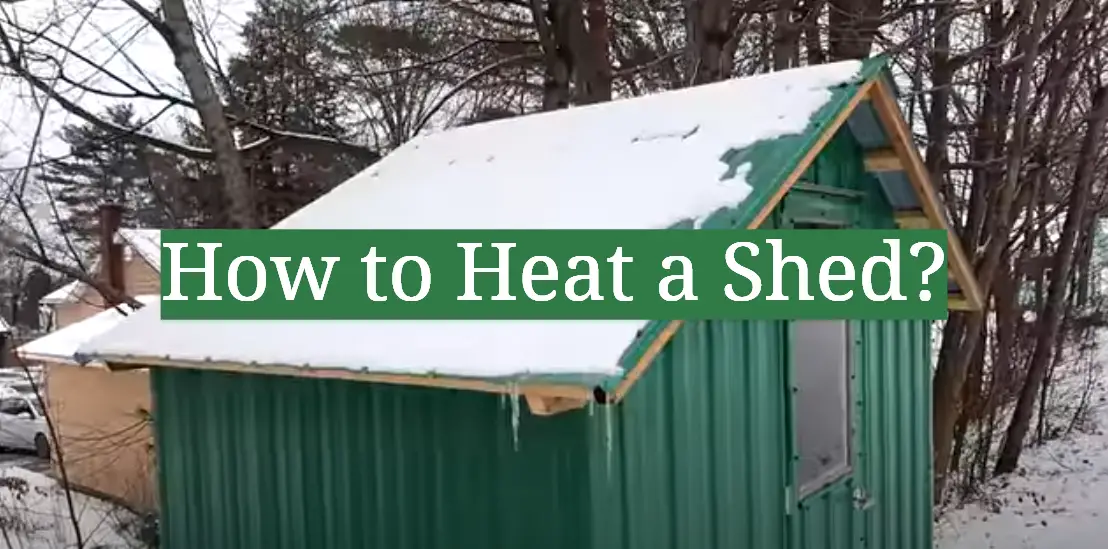


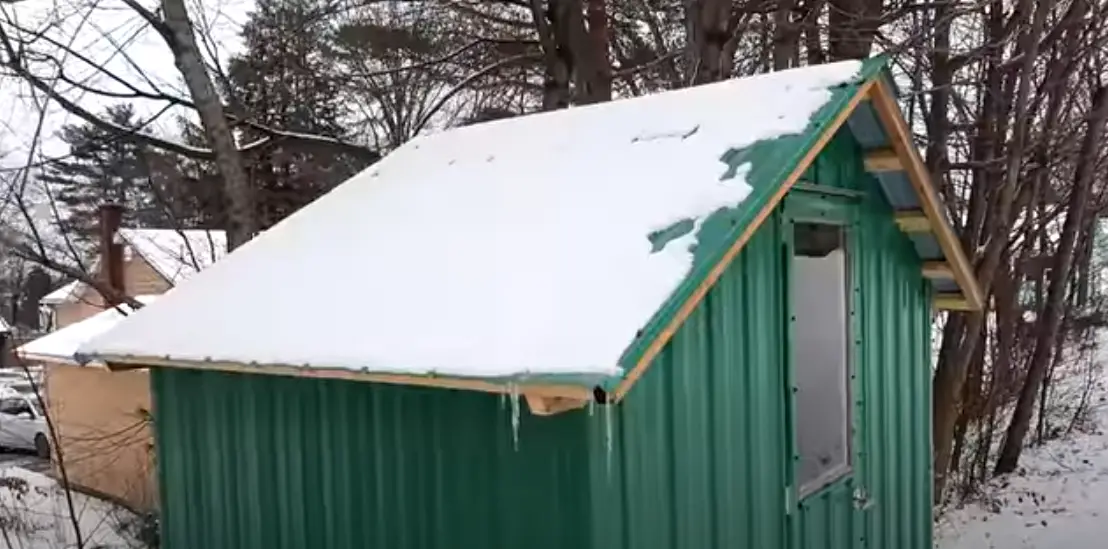
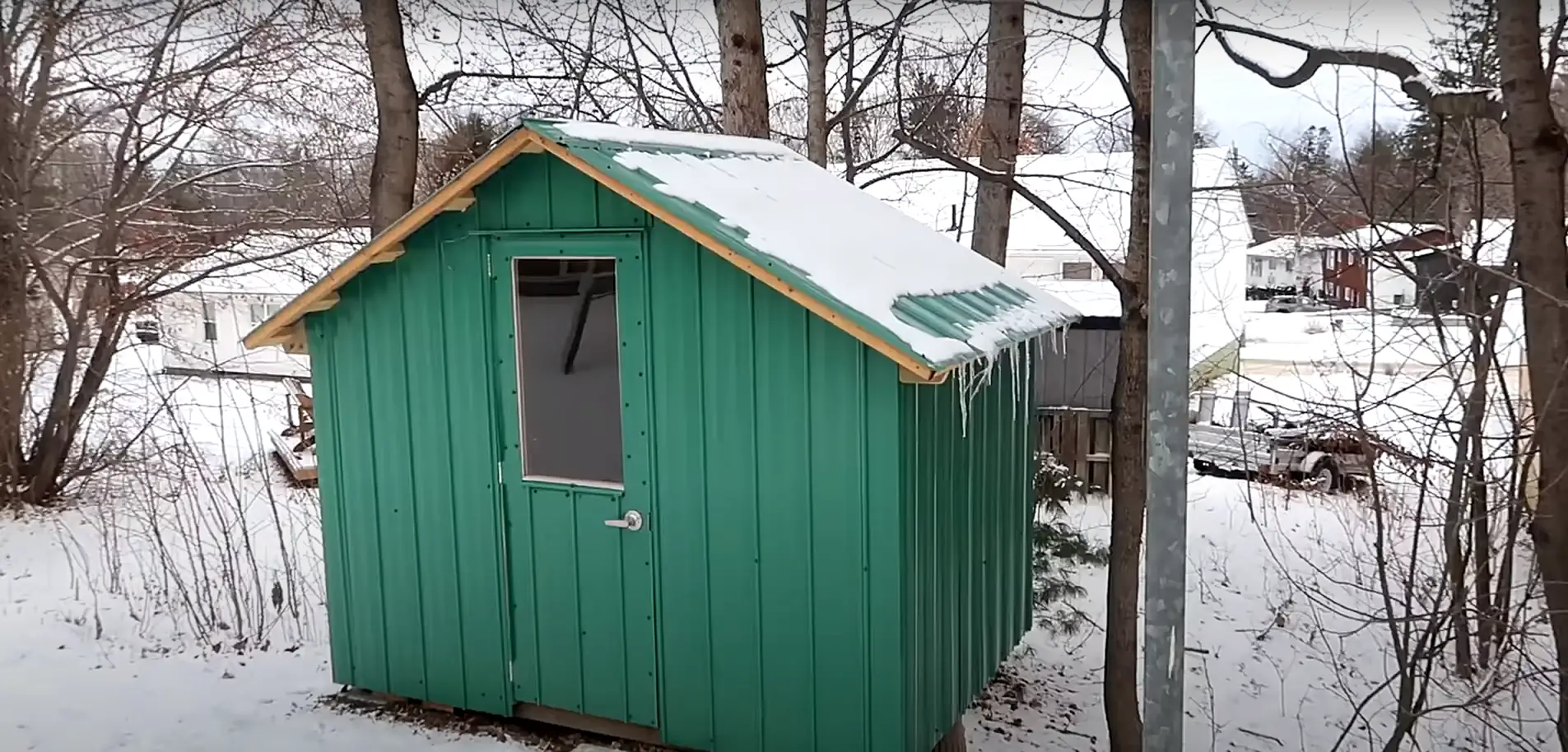
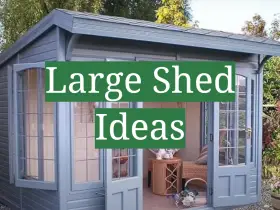
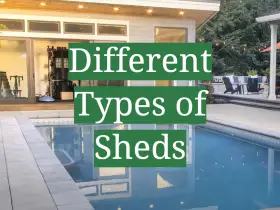

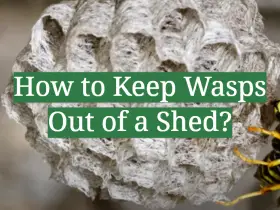
Leave a Reply
View Comments